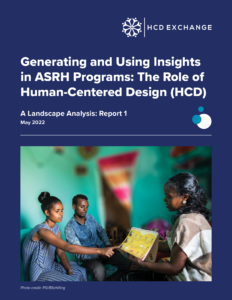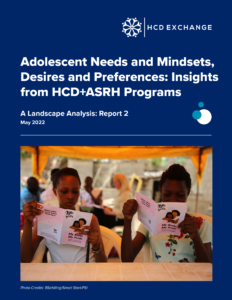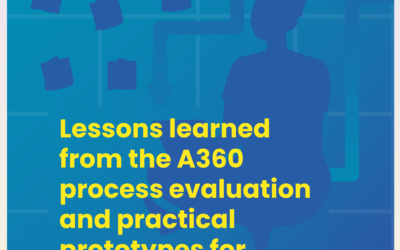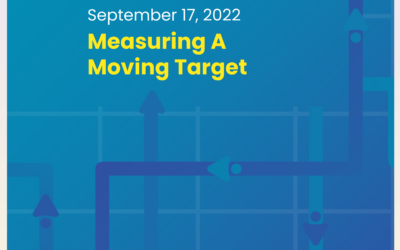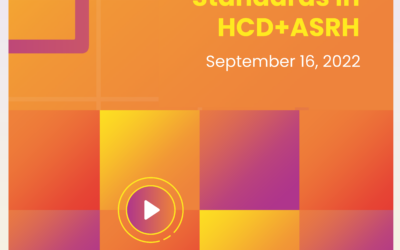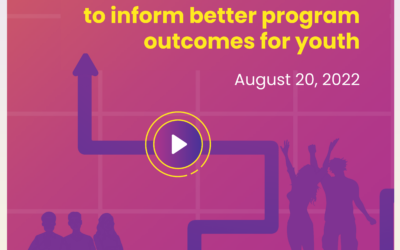Purpose
Presenters
Dr. Tracy Johnson
Bill & Melinda Gates Foundation
Mary Phillips
Public Health Consultant
Meru Vashisht
Design Strategist, Tinkerlabs
Andy Awiti
Lead Creative Strategist, Scope Impact
Anne LaFond
HCDExchange, Senior Advisor
Rimjhim Surana (Moderator)
HCD Consultant, HCDExchange
What are ‘insights’? – Dr. Tracy Johnson
Insights
- An insight is a new understanding that clarifies decisions, actions, and ways forward.
- Insights arise from reframing
- Insight formation involves studying a situation from multiple (interdisciplinary) perspectives and weaving together information to arrive at an understanding of what’s at the core of a situation.
- Insight presentation invokes storytelling through multiple kinds of data to present the evidence in a way that manifests the insight. These may not be radically new but they do involve reframing the situation.
- Insight activation embeds the new understanding into strategy, clarifying decisions and actions.
HCD Mindsets- Meru Vashisht
Insights
- Empathy: HCD-led research goes a step further from learning what users do, think or feel. It understands why people do what they do and why they feel what they feel.
- Iteration: The value that HCD research adds is that instead of simply proving the hypothesis right or wrong, we iterate on the go.
- Act of making: An HCD approach sometimes calls for making. For example, the initial design for condom packaging that young women could buy discreetly had to be changed a number of times based on feedback from the end user.
Six steps to not getting lost – Mary Phillips
Insights
- Define the question: Have your question(s) clearly articulated for the whole research team.
- Conduct rapid desk research: Read articles and interview experts to “learn” things that are already well known in the community.
- Identify what you want to ask the consumer directly: The questions should be geared at understanding how consumers experience the problem, or what they think the solution is.
- Create tools and interview guides: Adapt interview tools to suit your needs or brainstorm new ones.
- Conduct your interviews: Try to anticipate and correct for any bias in your sampling. You can also create two interview teams with at least two interviewers.
- Synthesize and define insights: IDEO.org has a great process which includes; taking out sticky notes (increasingly virtual ones, as they save better), writing what stood out to you in the interviews, what surprised you, what was important and what was new. After this, group the sticky notes according to themes.
The power of insights in co-creating movements -Andy Awiti
Insights
- #Formnigani, was borne out of a desire amongst youths in needing contraception but feeling like there was a stifled public discussion, hindered advocacy and limited access to quality contraceptives, and finally that they were neither being understood nor in a position of influence. Through consulting and involving youth throughout the development of the project, youth voices were amplified – using pre-existing engagement mechanisms. The results from the #formniganimovement have been tremendous:
- 2.81 million USD worth of news media engagement and an estimated cumulative reach of 112.7 million Kenyans across social media and traditional media.
- In 2019, as a result of increased public participation driven by the campaign, Bungoma County saw its family planning budget increased by 6%.
- In 2021, through a collaboration with the Reproductive Health Network of Kenya’s facilities, the #formnigani movement drove a 130% increase in demand for family planning services between October and November.
“The HCD process is deliberately built in a way that insights can clearly inform solution ideas and components so that they are as human-centered as possible may actually be one of HCD’s key-value additions in ASRH.”
– Anne LaFond
“The use of insights as a co-creation tool is the foundation of authentic solutions that the communities and stakeholder groups we are working with can buy into,”
– Andy Awiti
Launch of HCDExchange Report launch: An analysis of the current landscape of HCD generated insights in ASRH programming – Anne LaFond
Key findings
- Noticeable lack of documentation on HCD processes as well as those available in the public domain.
- Documenting in a way that is understandable to all practitioners in the field requires streamlined terminology and definitions for HCD methods, mindsets and processes.
- Aligning on these will help us share knowledge with each other.
